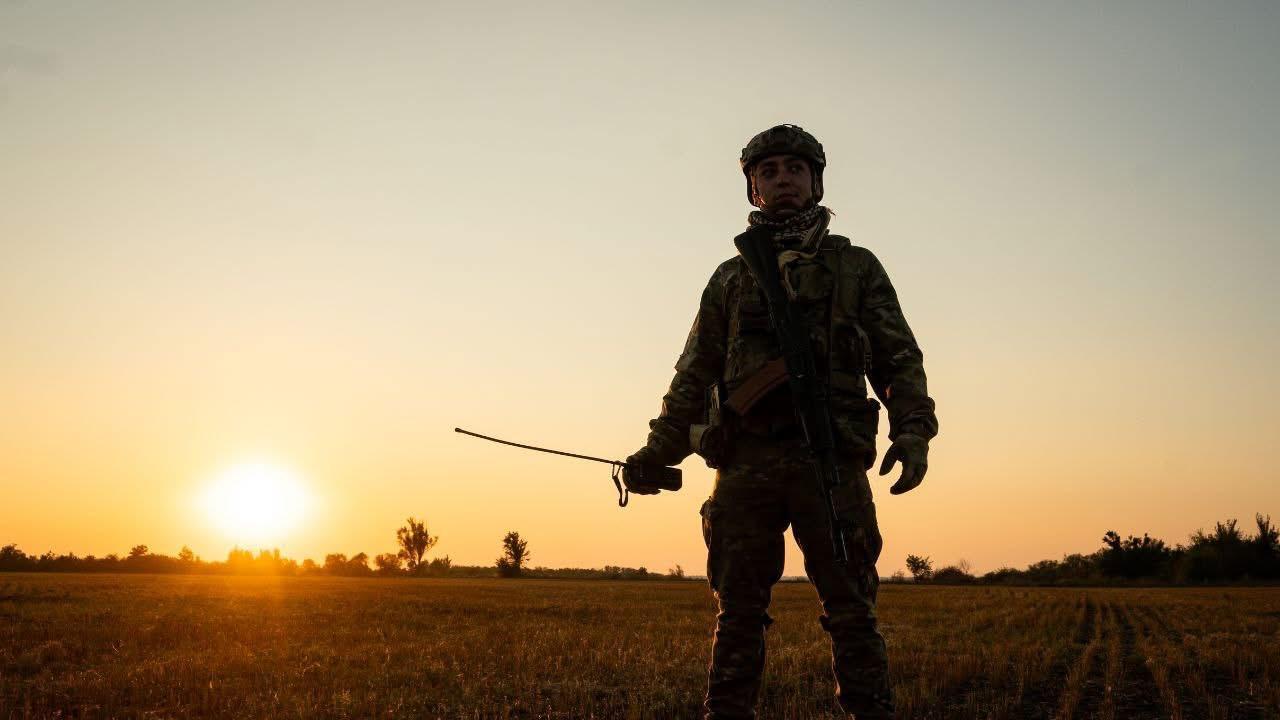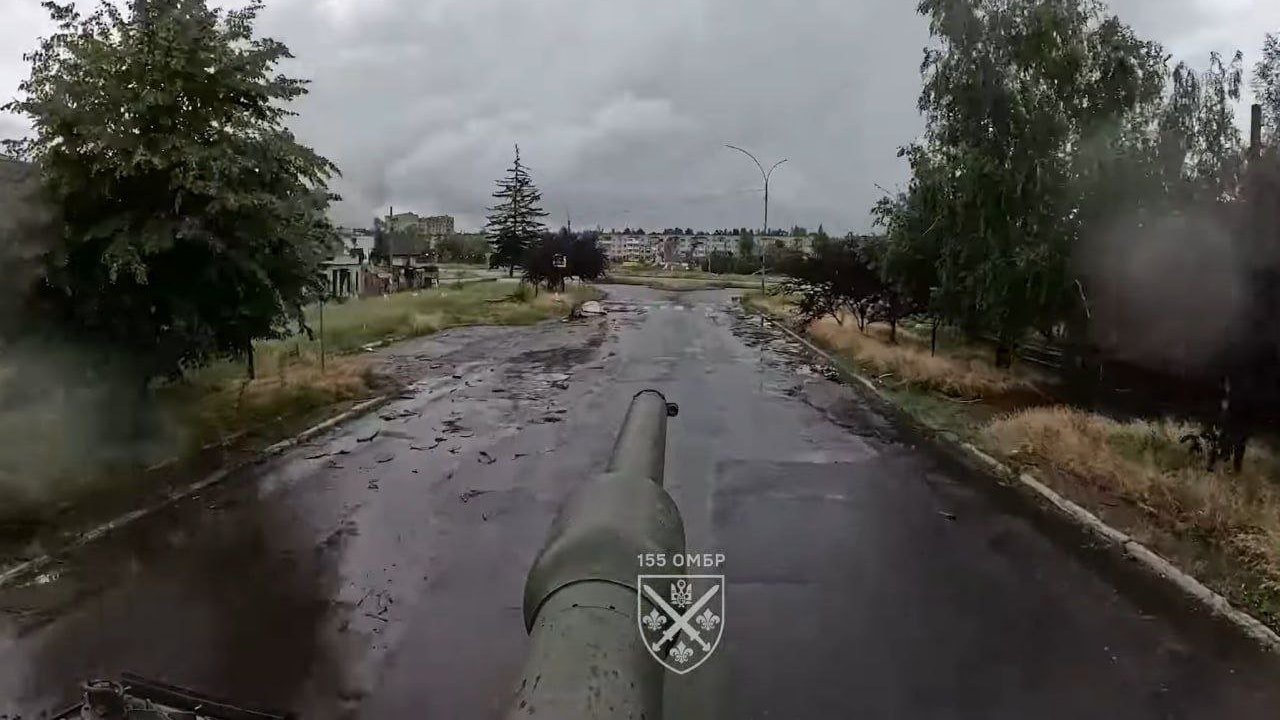Slipping past empty Ukrainian trenches northeast of the fortress city of Pokrovsk in recent weeks, Russian infantry quickly marched 15 km to the north. Now the Russians are threatening the village of Dobropillya, which sits astride one of two main supply lines into Pokrovsk.
“The development of the operational situation in the Dobropillya direction causes particular concern,” the Ukrainian Center for Defense Strategies warned. But you might know it reading the latest public social media post by Gen. Oleksandr Syrsky, the Ukrainian commander-in-chief.
“Reported on the details of the operational situation at the front,” Syrsky wrote as the first reports of Russian troops in Dobropillya appeared online.
“It’s a tough one,” Syrsky wrote. “But the opponent is held back.”
The opponent is not held back. The Russian 51st Combined Arms Army’s foot- and motorcycle-borne breach of the Ukrainian line northeast of Pokrovsk has deepened fast. And for good reason: Ukraine is desperately short of trained infantry, largely owing to an inefficient and sometimes corrupt mobilization system.
In many sectors of the 1,000-km front line, as few as eight Ukrainian soldiers defend a 900-m length of trenches, according to the pro-Ukraine Conflict Intelligence Team. Normally, at least 200 troops would defend that much of the front. It’s no wonder the Russians were able to simply walk past empty trenches in Donetsk Oblast.
At least one former officer is worried Ukrainian Pres. Volodymyr Zelensky doesn’t appreciate the scale of the problem—perhaps because he’s getting bad information. “I sincerely don’t know what exactly is being reported to you,” Bohdan Krotevych, who recently quit as the chief of staff of the Azov Brigade, wrote on social media, “but I’m informing you: on the Pokrovsk-Kostiantynivka line, without exaggeration, it’s complete chaos.”
Growing chaos
“And this chaos has been growing for a long time, worsening with each passing day,” Krotevych added. “The command structures currently being appointed (or already appointed) to ‘fix the unfixable’ will most likely be blamed for the chaos that’s already unfolding.”
“The systemic problem began with the depletion of reserves,” Krotevych claimed. Ukrainian brigades may have suffered thousands of casualties capturing a small swathe of Russia’s Kursk Oblast starting a year ago—and may have suffered hundred more while retreating form Kursk after their supply lines were severed by Russian drones seven months later in February.
Meanwhile, Ukraine’s antiquated mobilization system has consistently failed to generate enough new troops. Today, the Ukrainian military’s roughly 130 combat brigades may be short around 100,000 infantry, according to analyst Andrew Perpetua.
Brigades that should have thousands of troops instead have hundreds. “The widespread fragmentation of units across the entire front line, reports of ‘captured villages’ being touted as victories amidst failures of entire sectors, the allocation of mobilization resources to ‘cronies’ and the complete lack of strategic or even operational vision” have combined to undermine Ukraine’s defenses, Krotevych wrote.
But not according to Syrsky. “Our combat units will become stronger by receiving additional funding from the state budget,” the commander-in-chief wrote.





